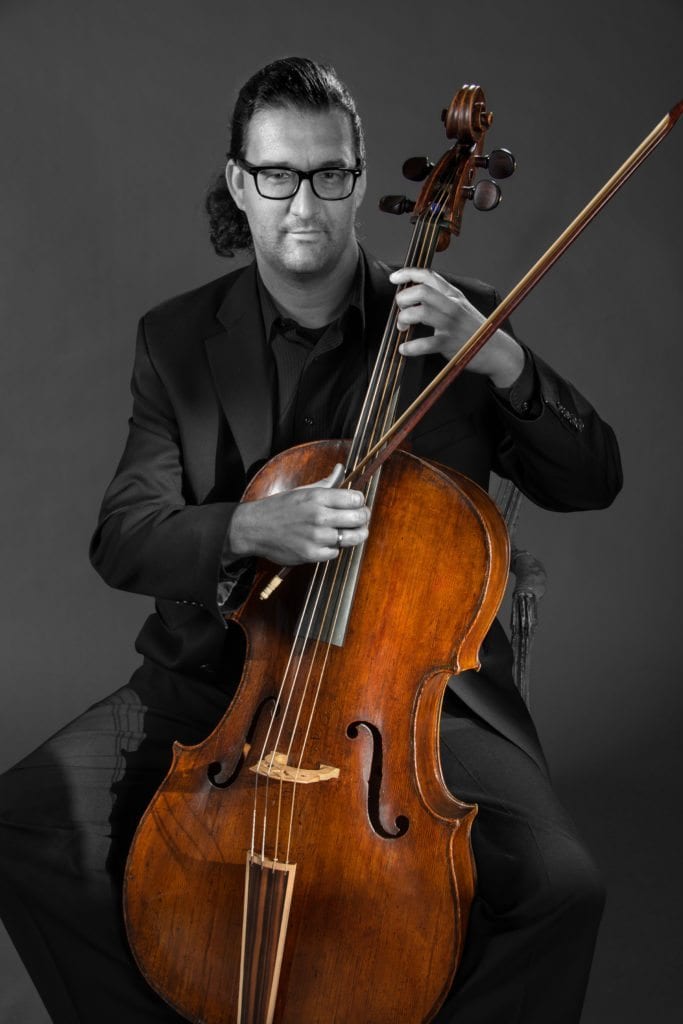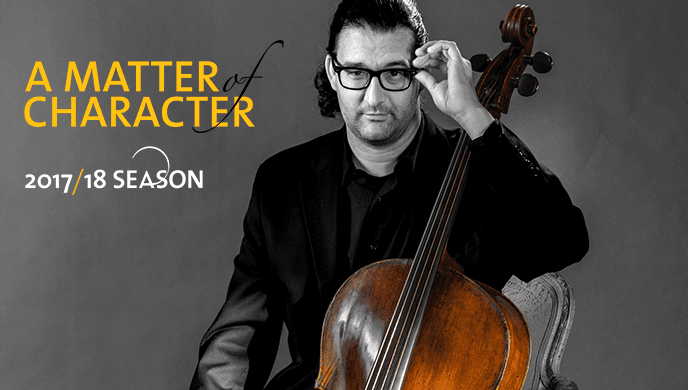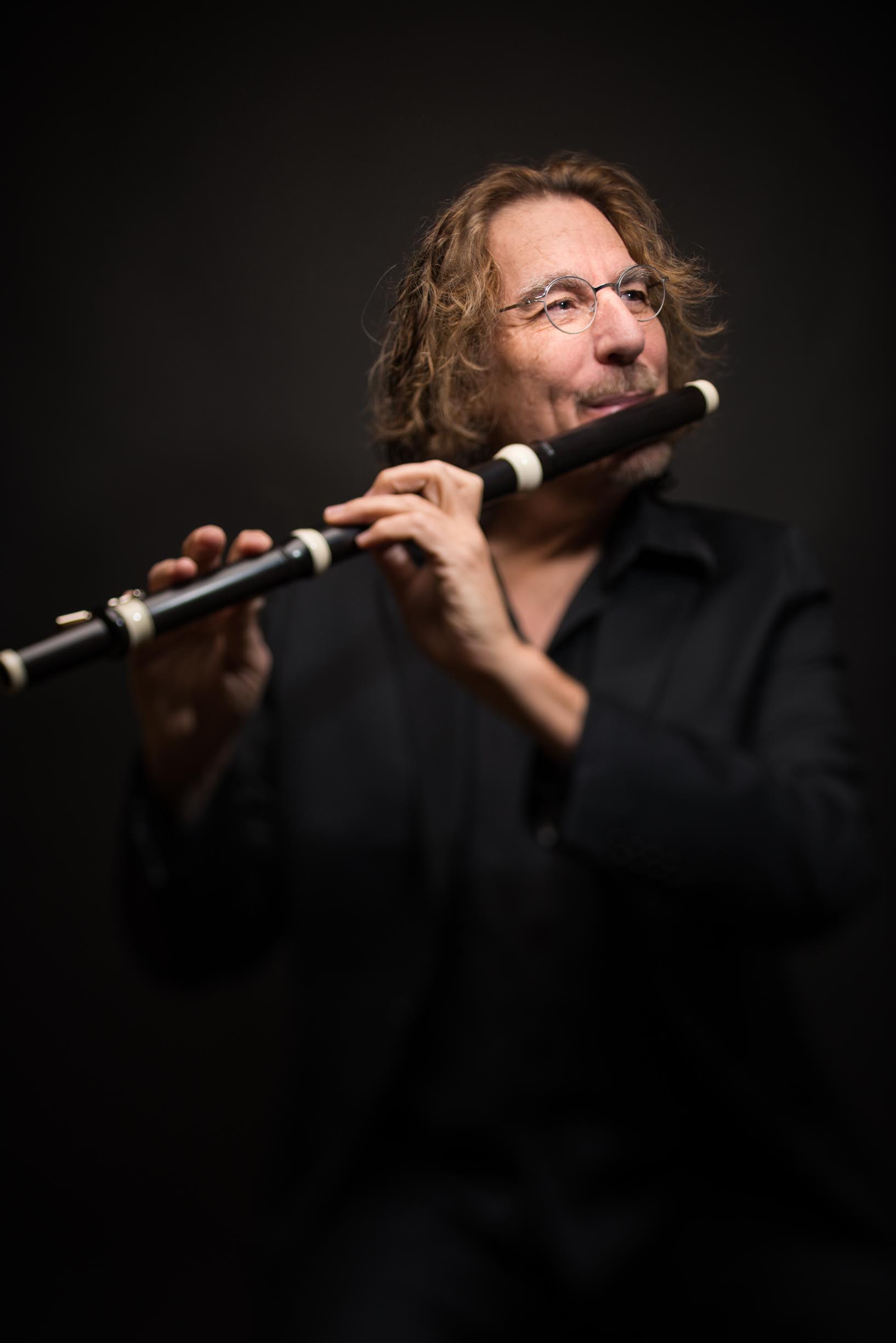
William Skeen and his cello: Anonymous, Northern Italy, c. 1680. Zheng Cao Memorial Cello Chair.
My Five String Cello Has a Little History
By PBO Cellist, William Skeen
Most players aren’t able to know much of the back story to their instrument, but I know something about mine. I have a rare five-string cello from the late 17th century. Built in the late 17th-century in northern Italy as a five-string cello, this instrument probably lived much of its life as a normal four-string cello (A-D-G-C). Cellos with five strings, though relatively common in the 17th and early 18th century, grew out of fashion by the end of the 18th century. The extra string was considered unwieldy, and with the discovery of left-hand thumb technique, reaching the high notes no longer required the assistance of an extra string. It must have been at this point that the instrument lost its fifth string.
Apparently the cello was consistently played through the 19th century. This is basically known by the fact that it still exists! By the early 20th century it seems that the instrument was in the hands of a Jewish family. This unnamed family fled Europe in the 1930s and arrived in America, and the cello was unfortunately forgetten and left to deteriorate in a closet. Andrew Dipper, a Minnesota-based luthier, bought the pieces in the 1970s, and after several years, decided to piece it back together. As he studied the wood—its dimensions, the spacing of the sound holes, the re-bored pegholes—Dipper noticed that in an earlier time, the cello indeed had ten peg holes. He knew that he just had to reconstruct this beautiful and voluptous wooden body back to its original five-string construction. What he ended up with was such a superb specimen that the research team at the Shrine to Music in Vermillion, South Dakota wrote a special story on the cello.
In the early 1990’s it was put up for auction in Los Angeles, where a good friend and appraiser took one look at it and paid for it outright. Eventually turning away from performing and toward business, this friend decided to sell the cello to me in 2007. I have never been so charmed by a musical instrument, and I look forward to the day another young cellist can fall for it too!





